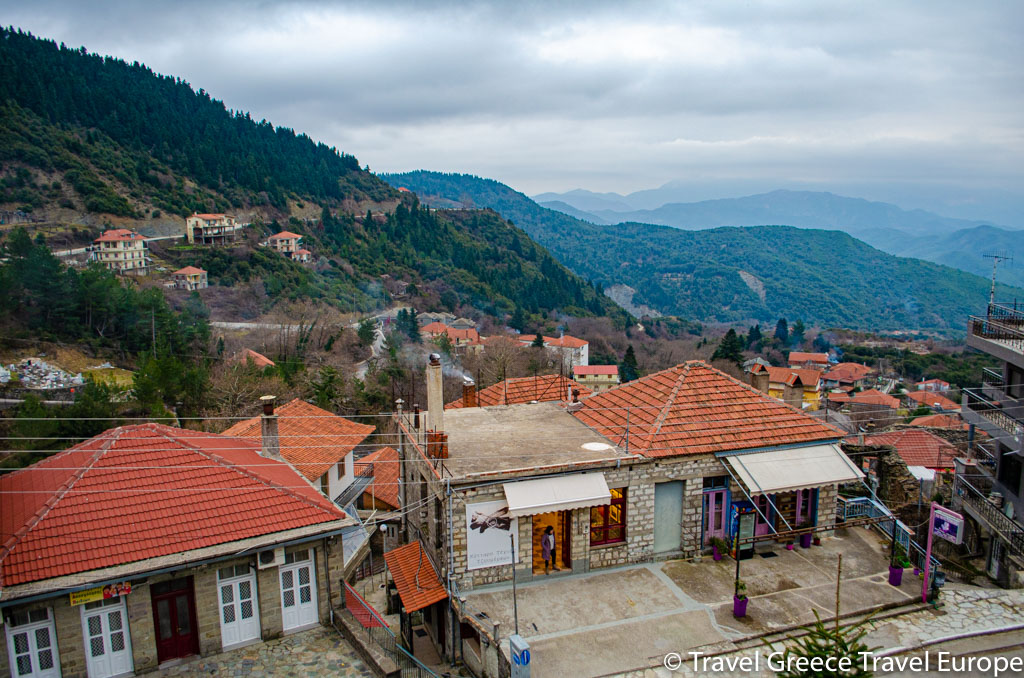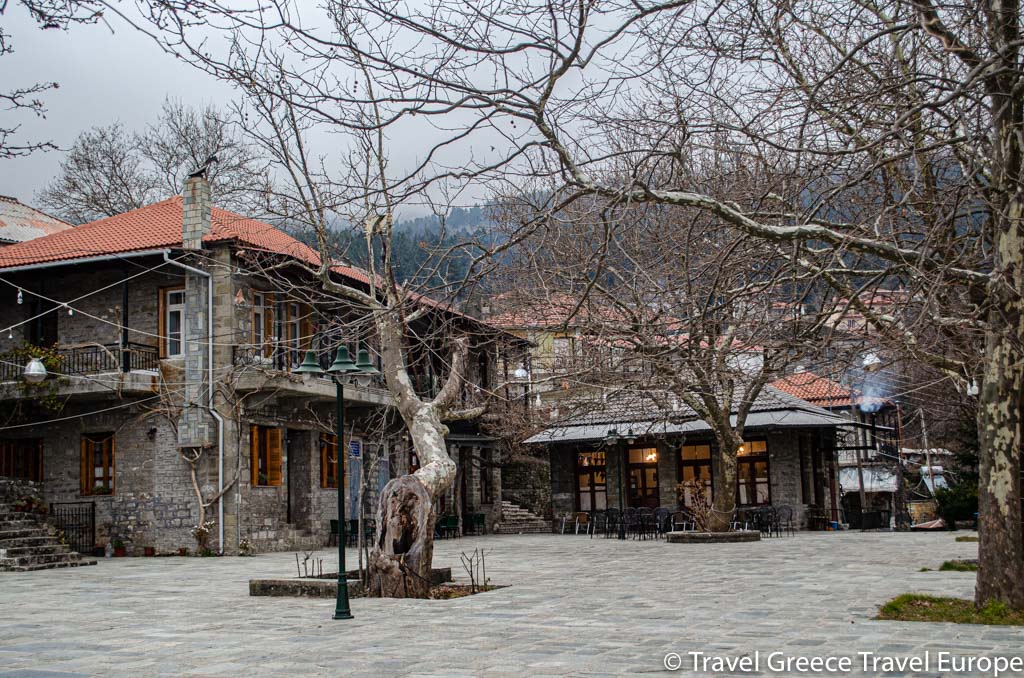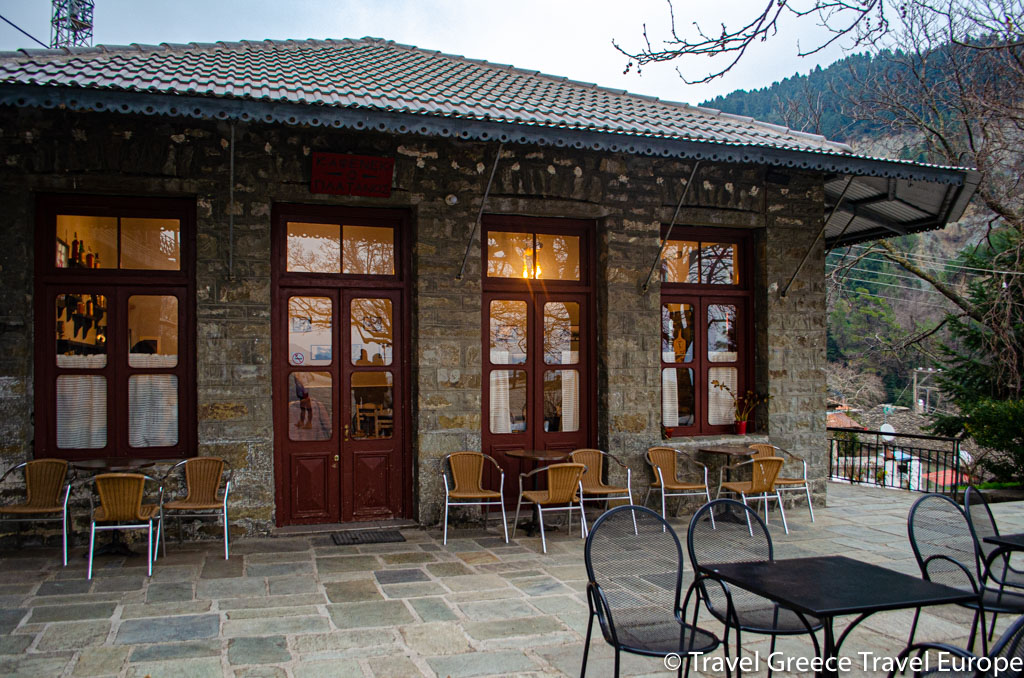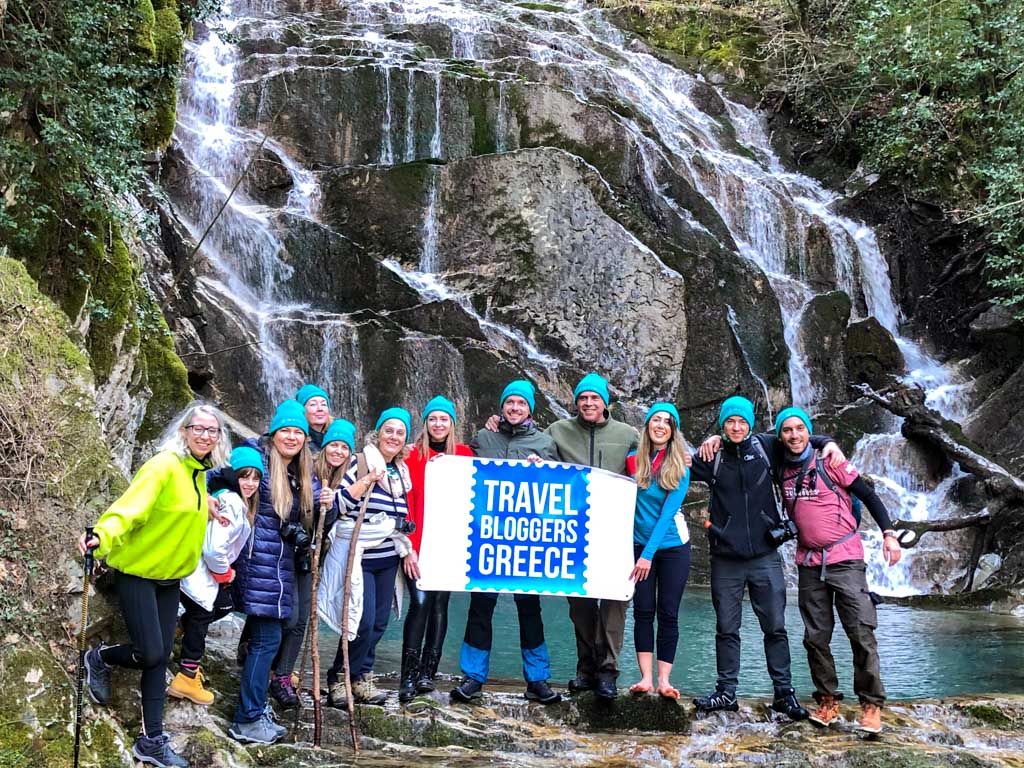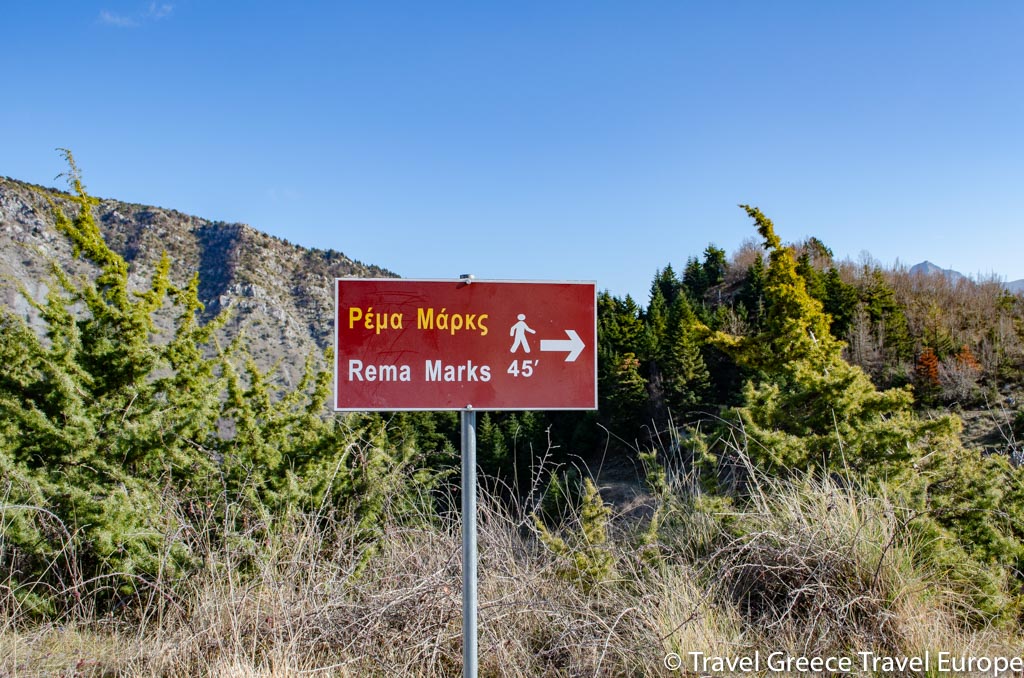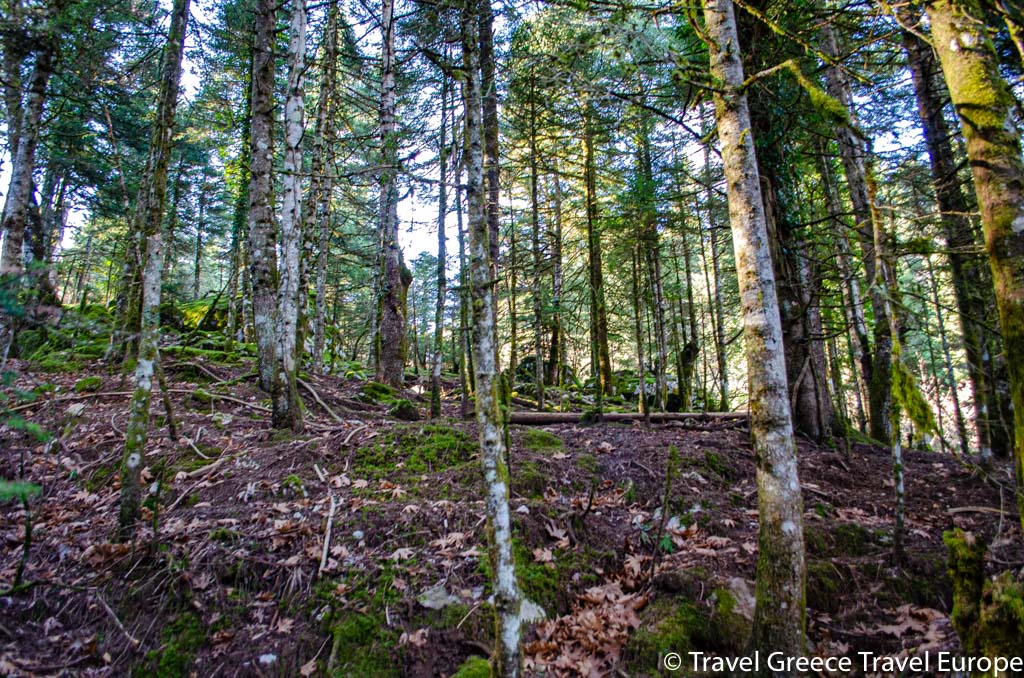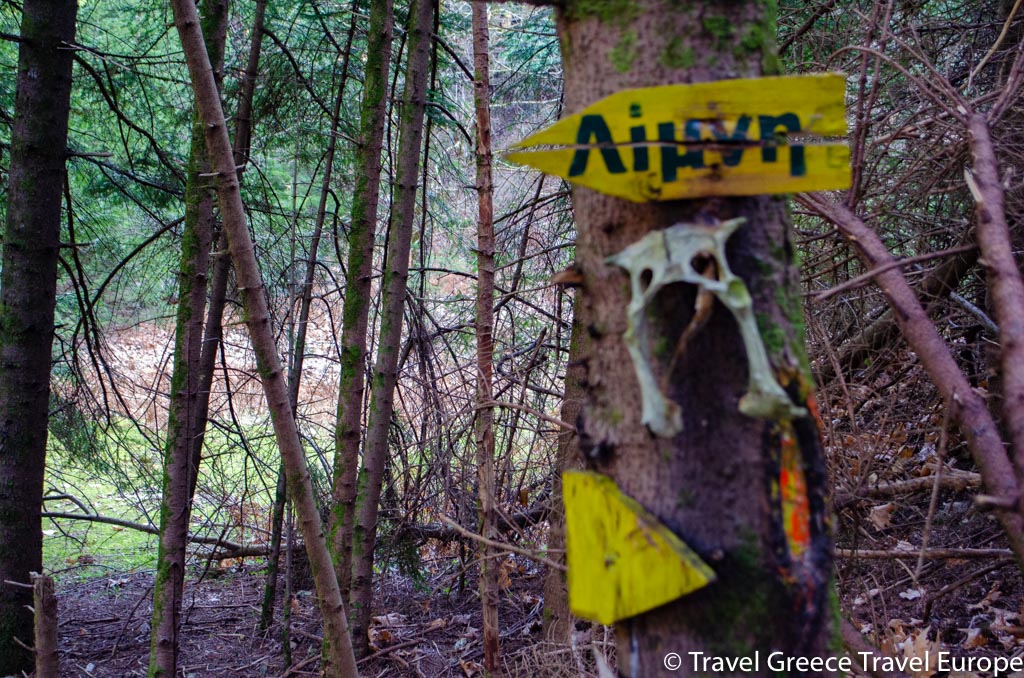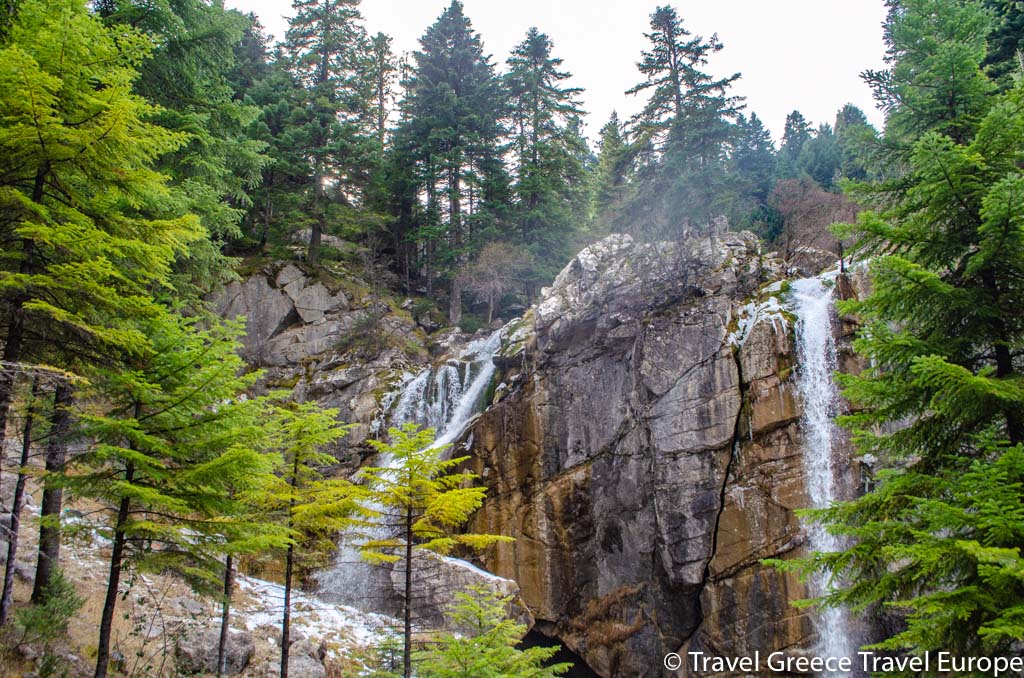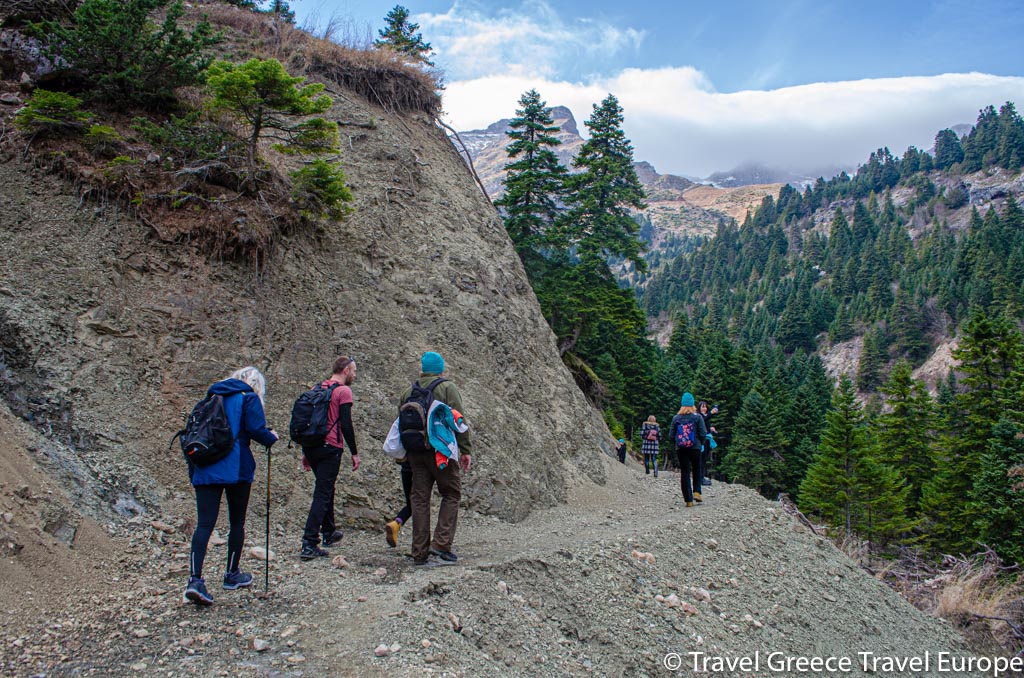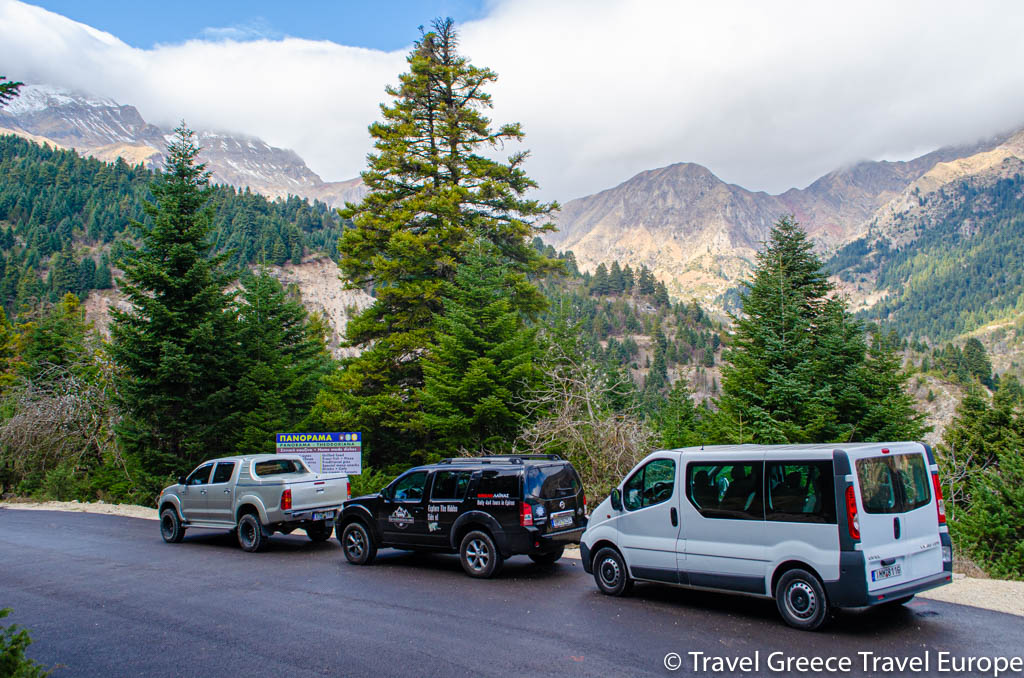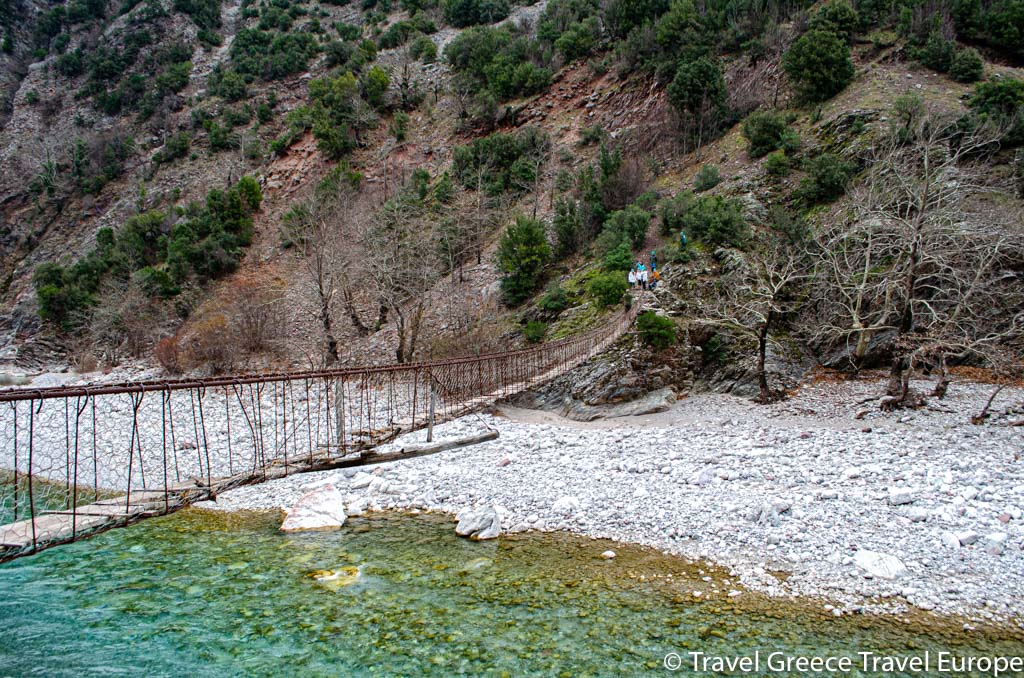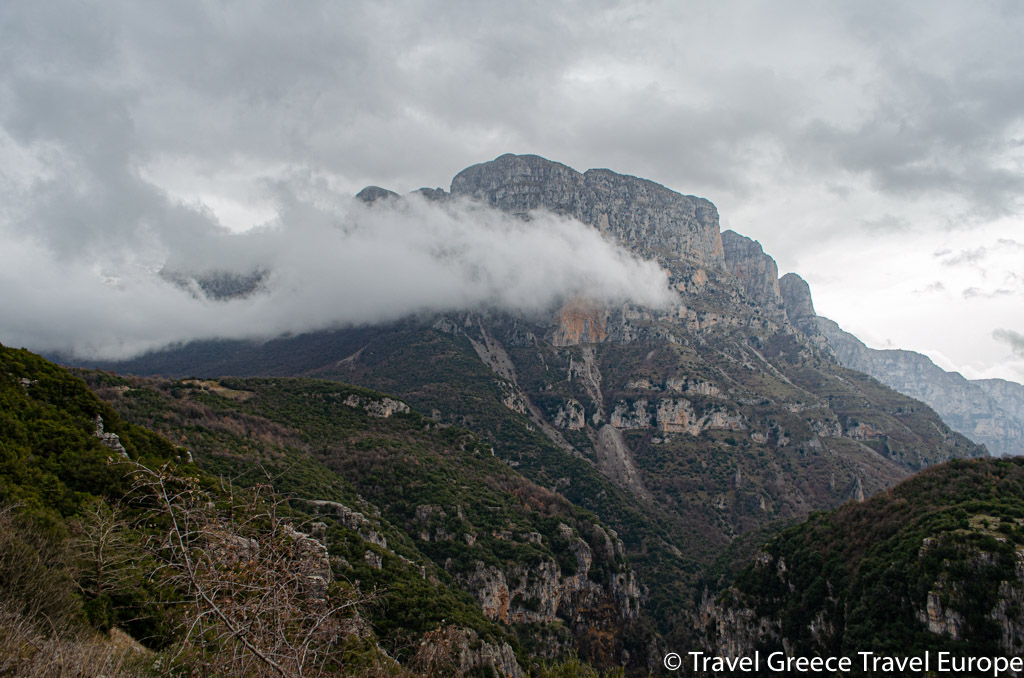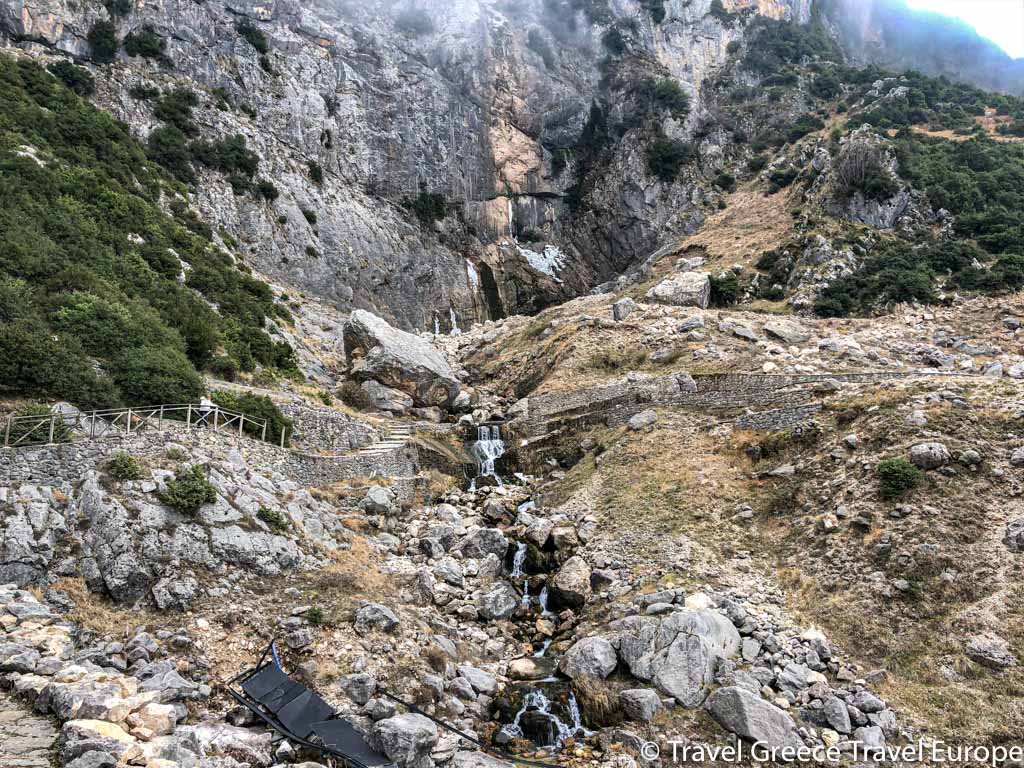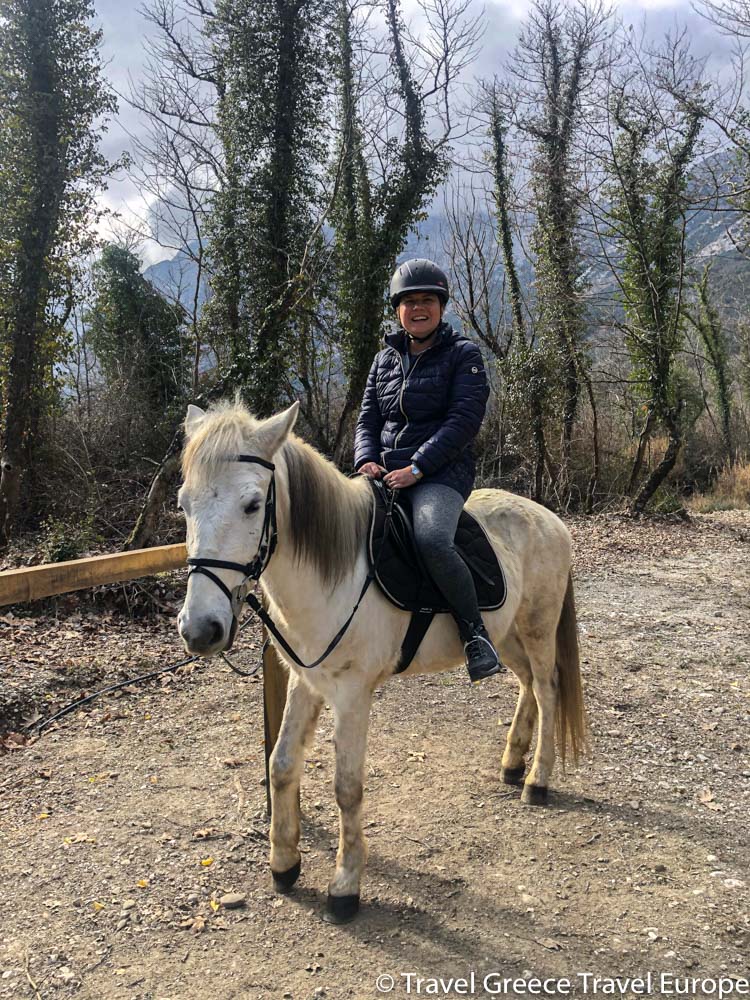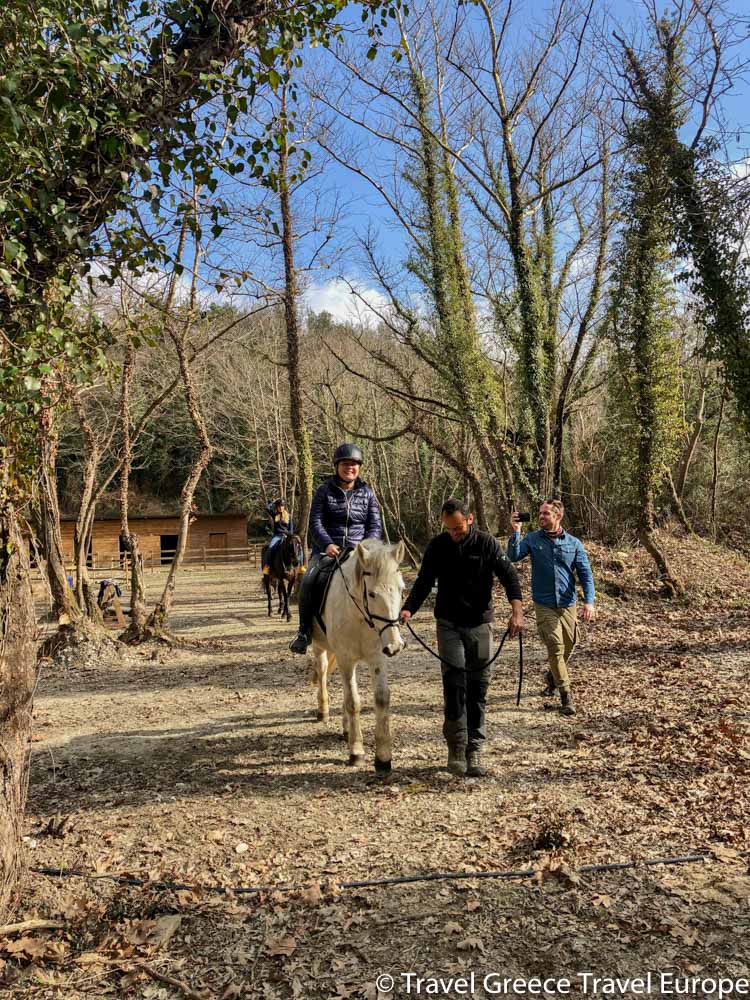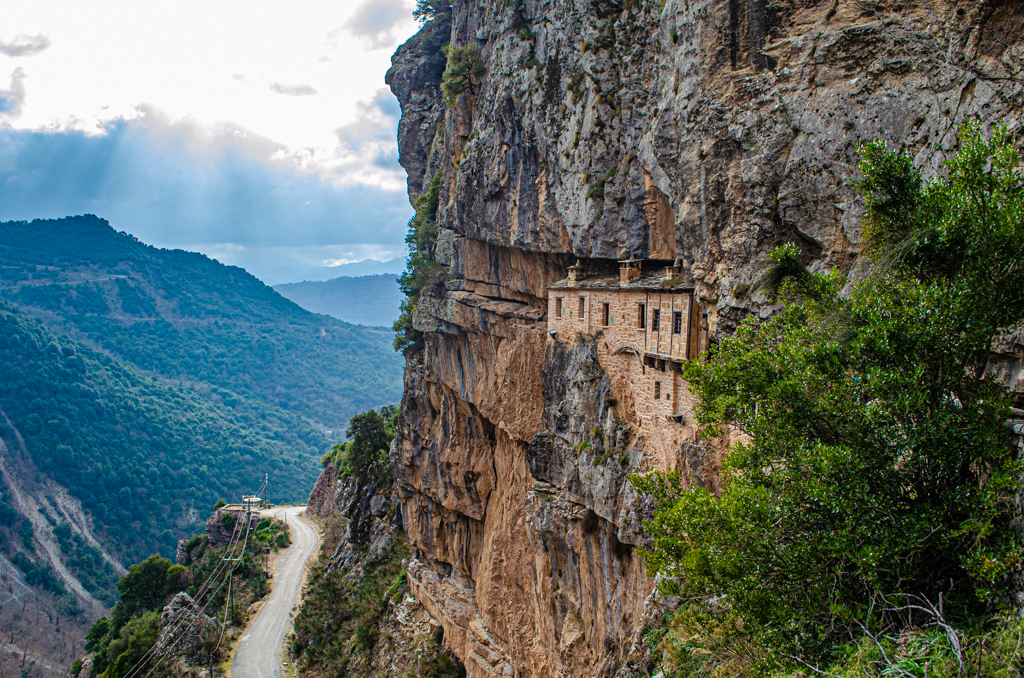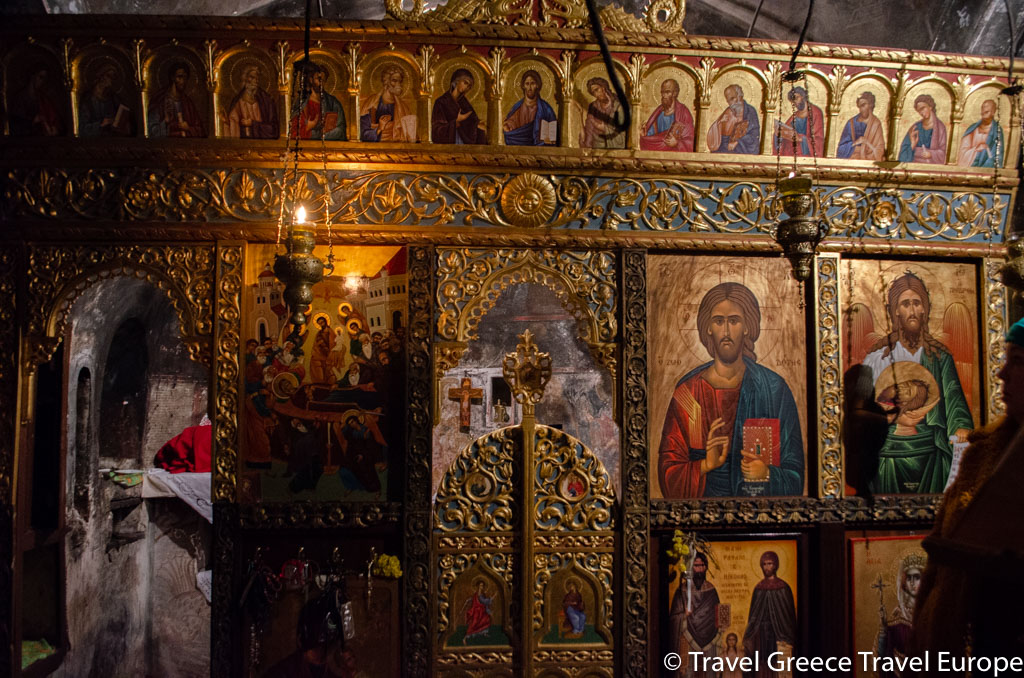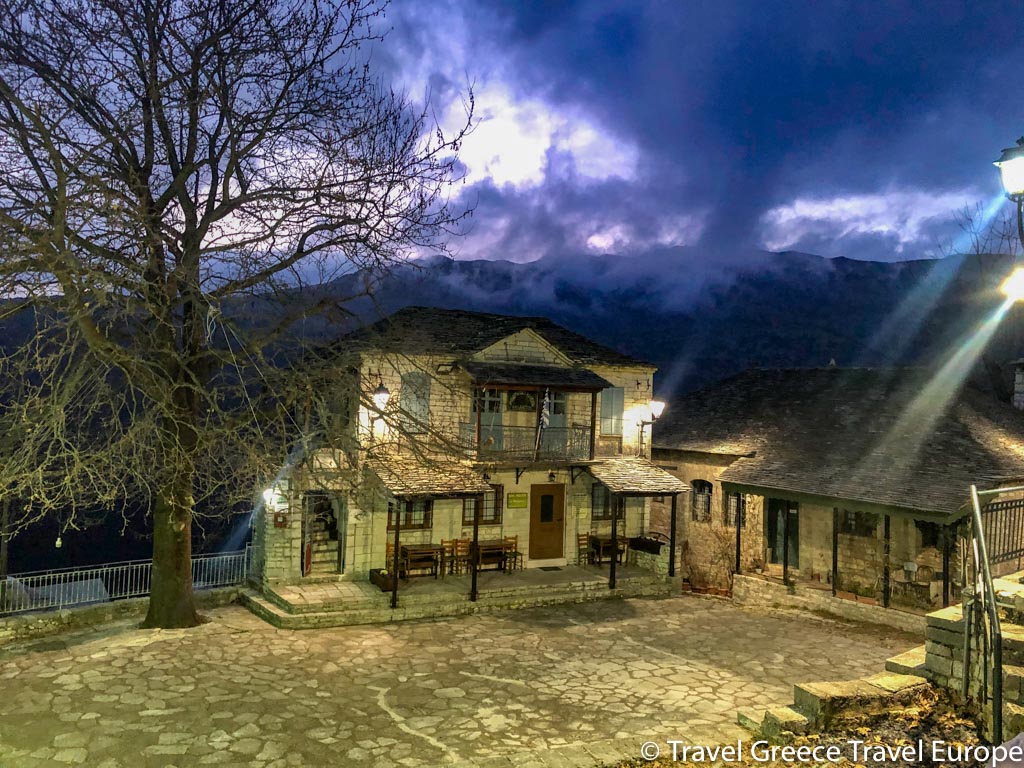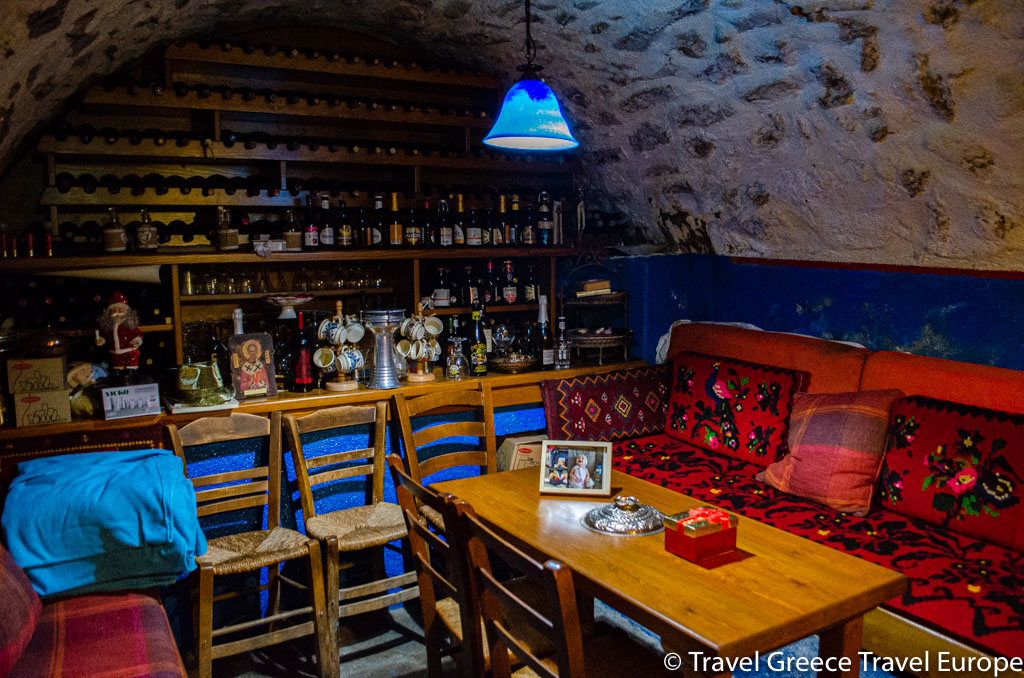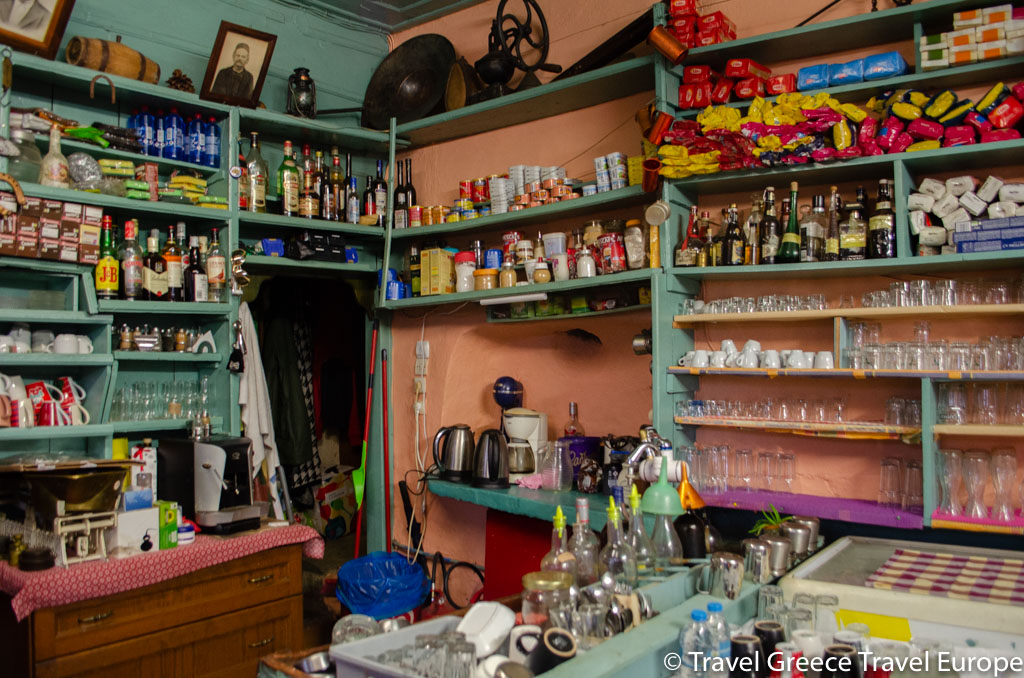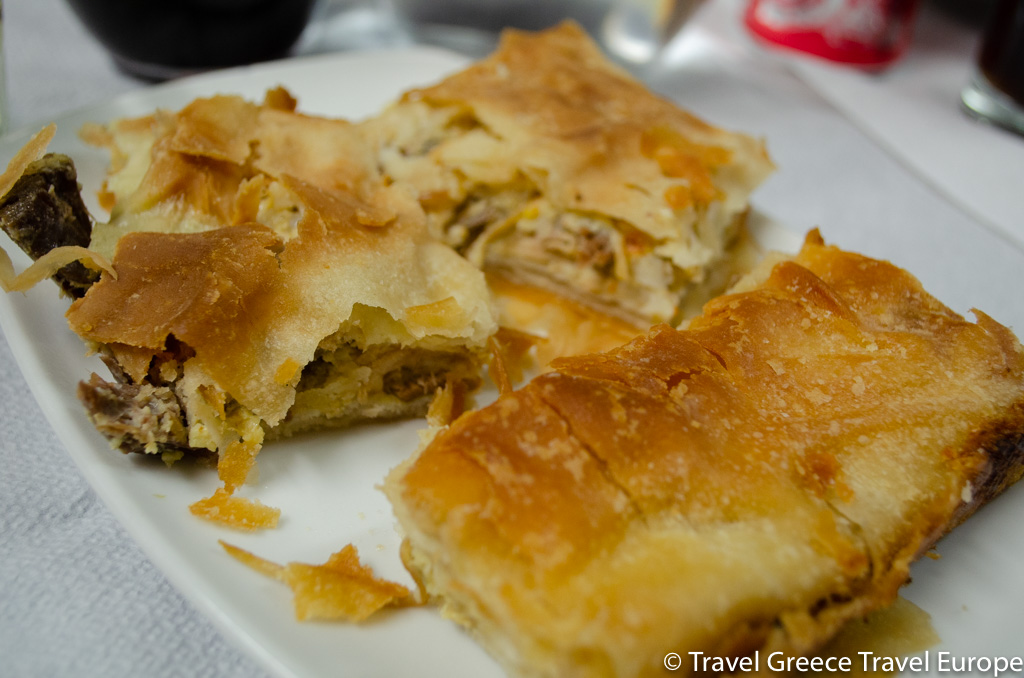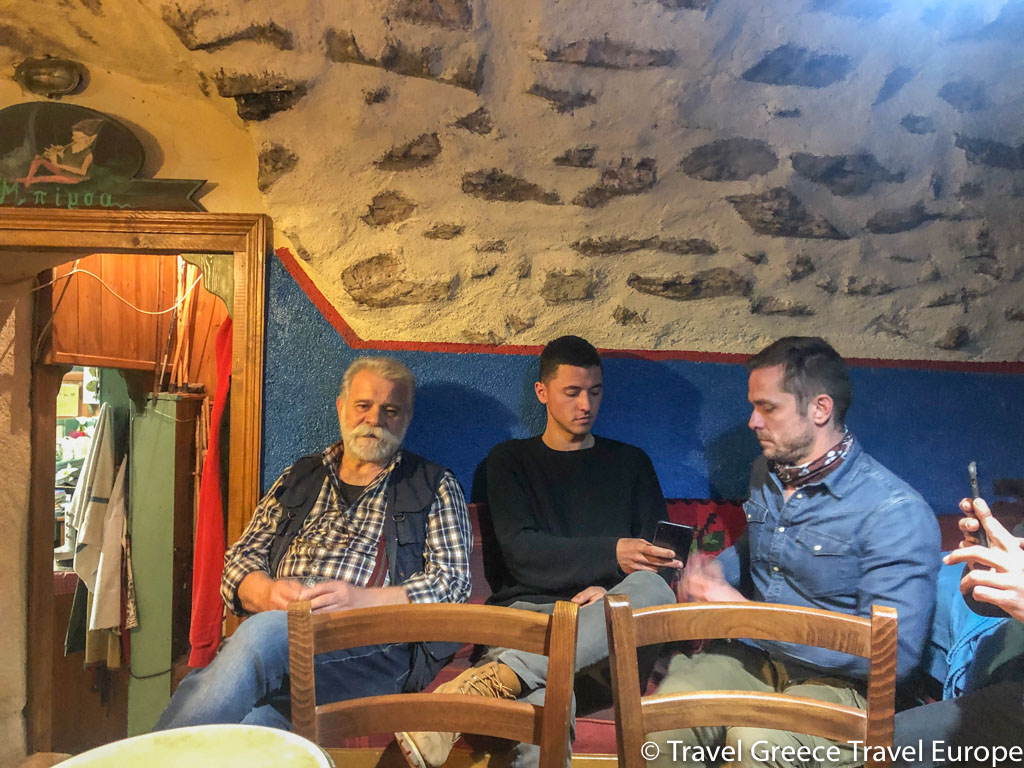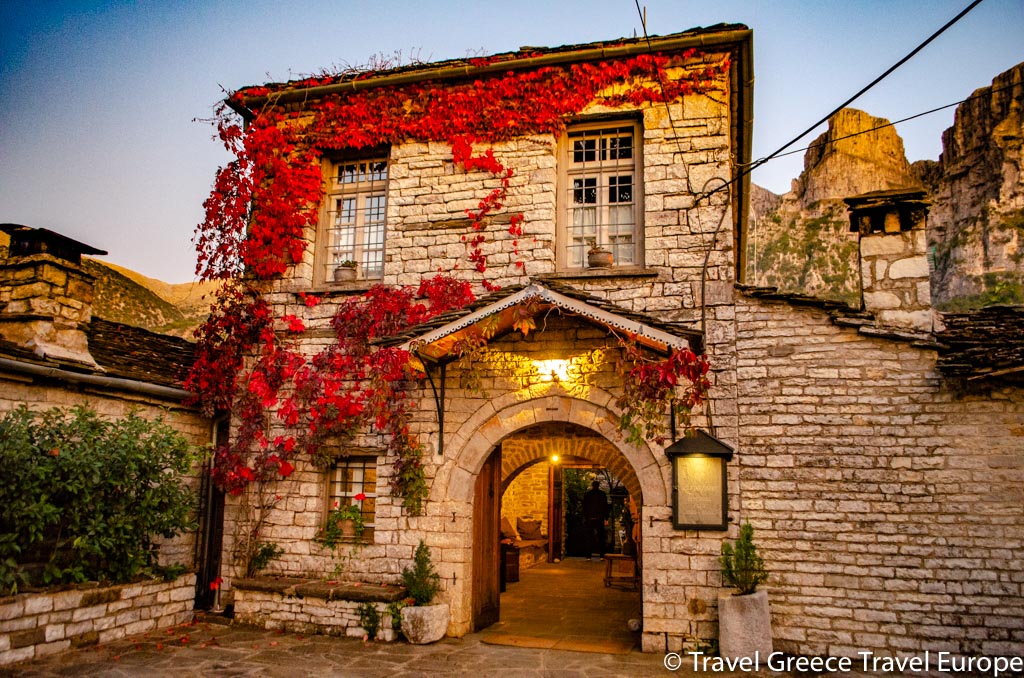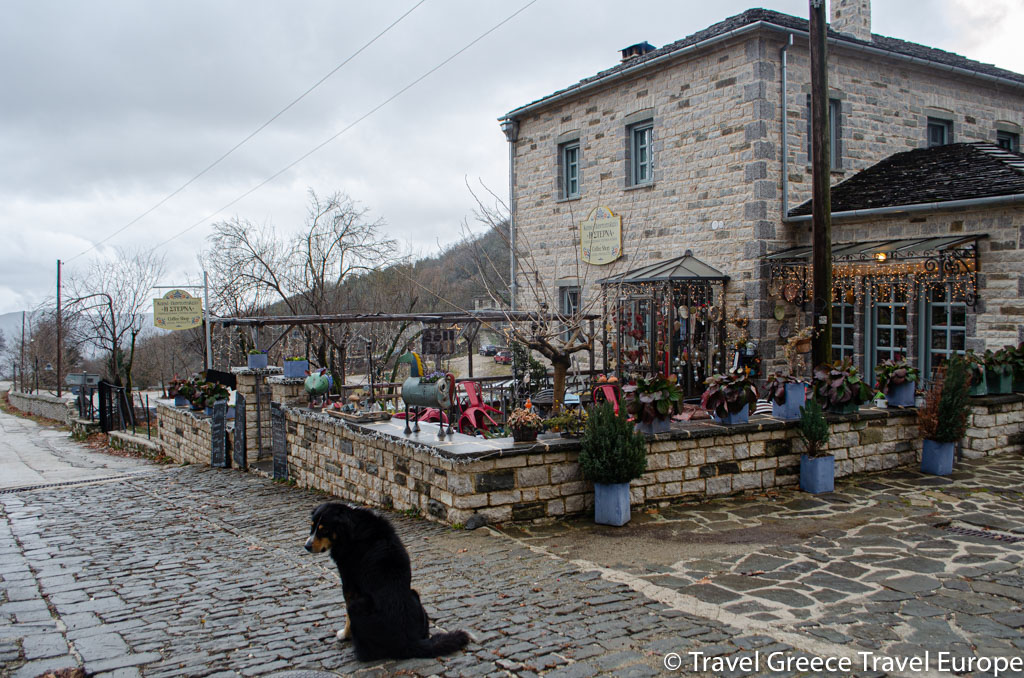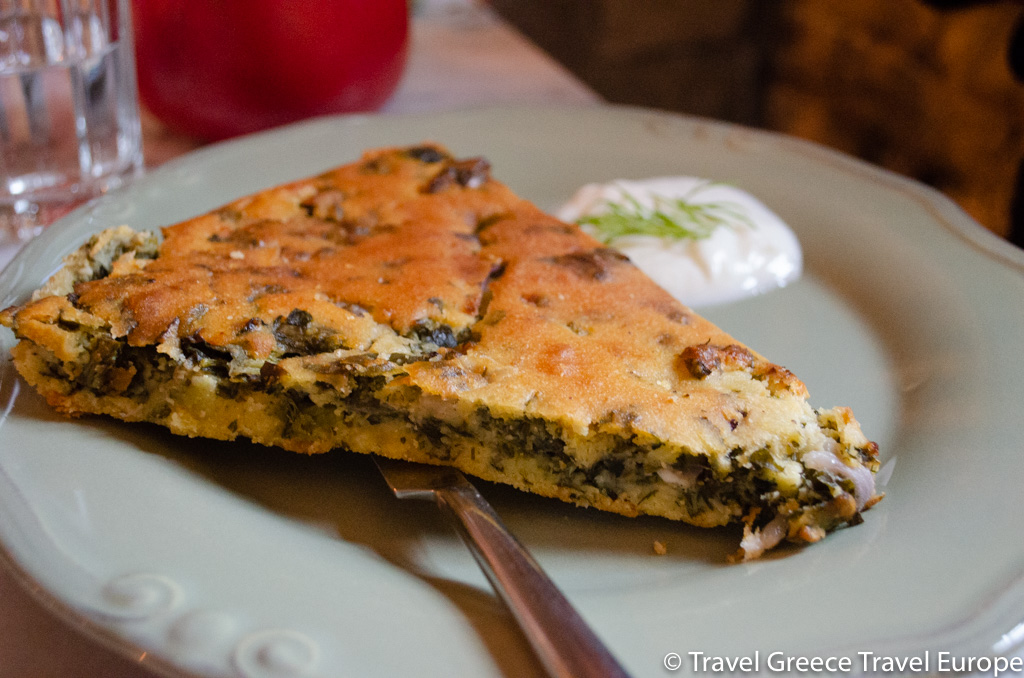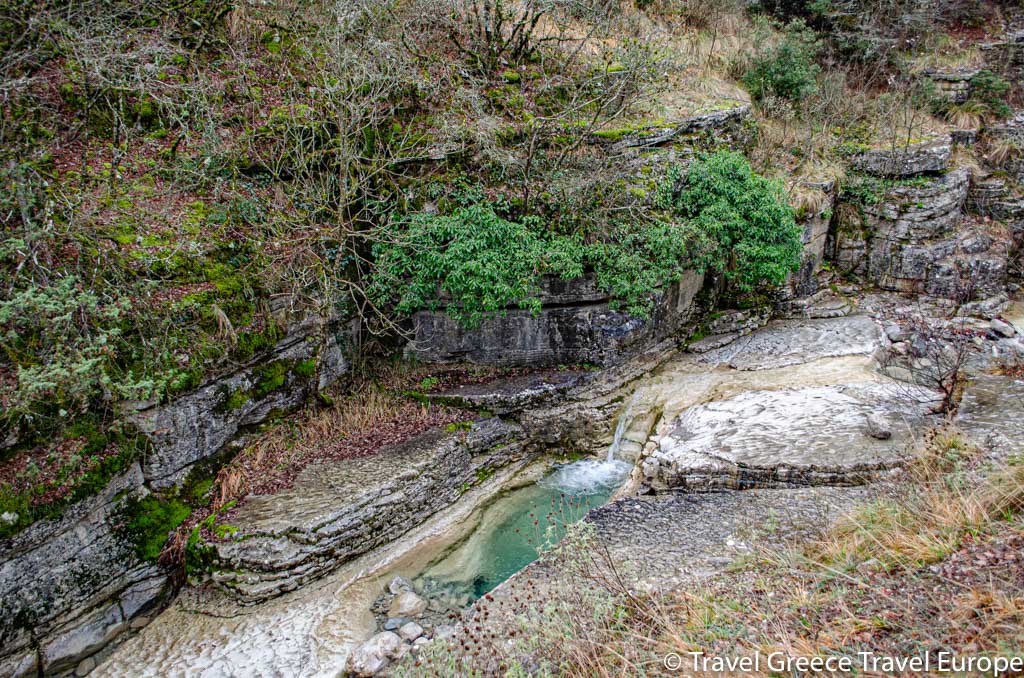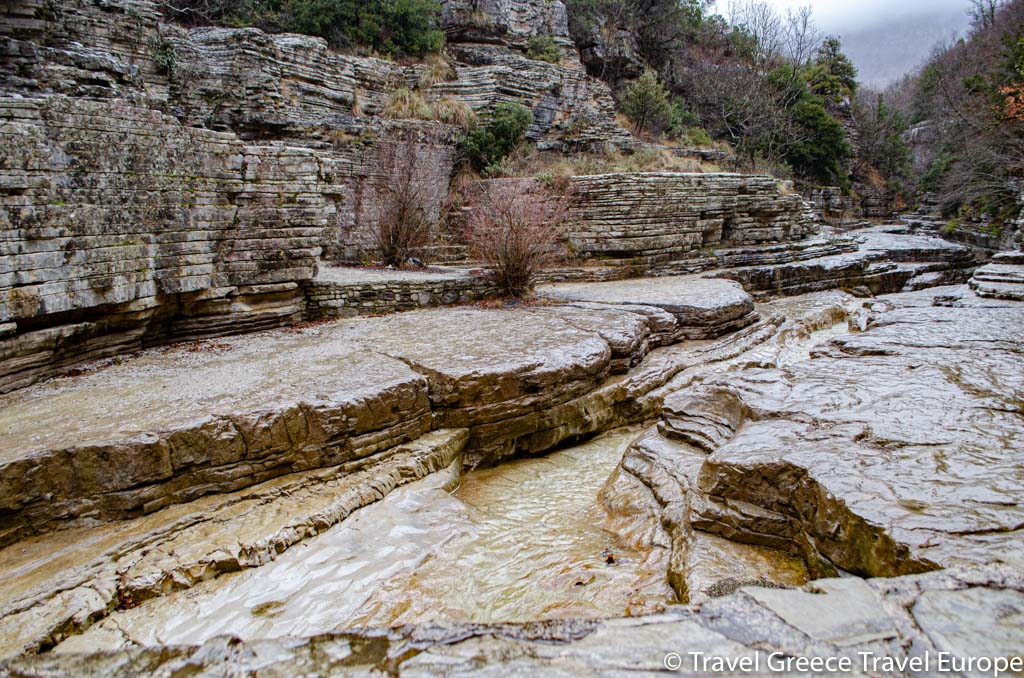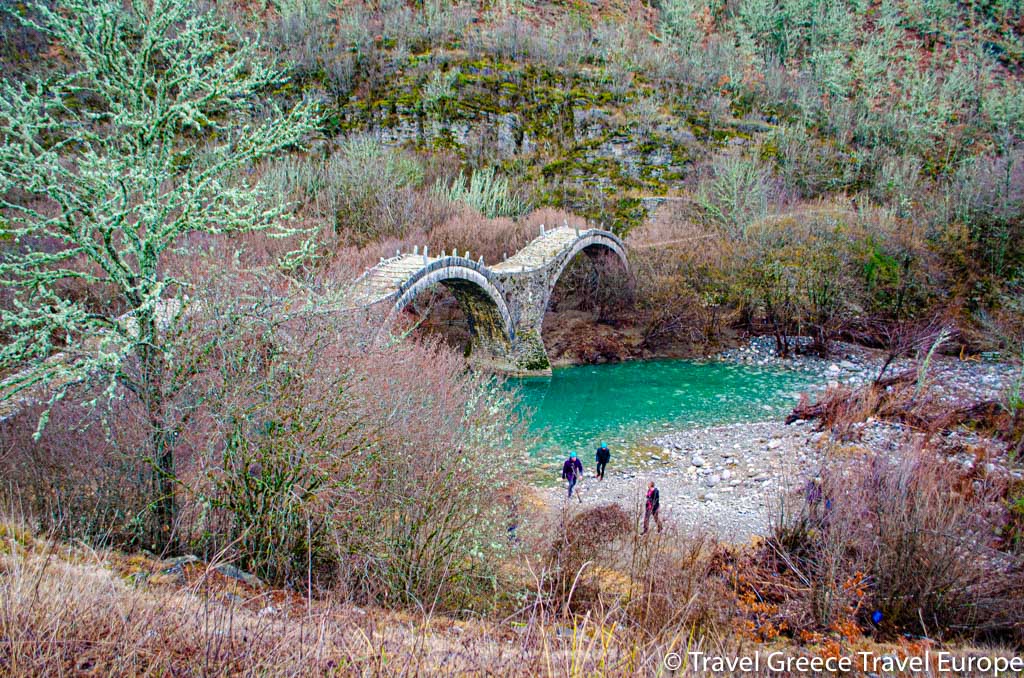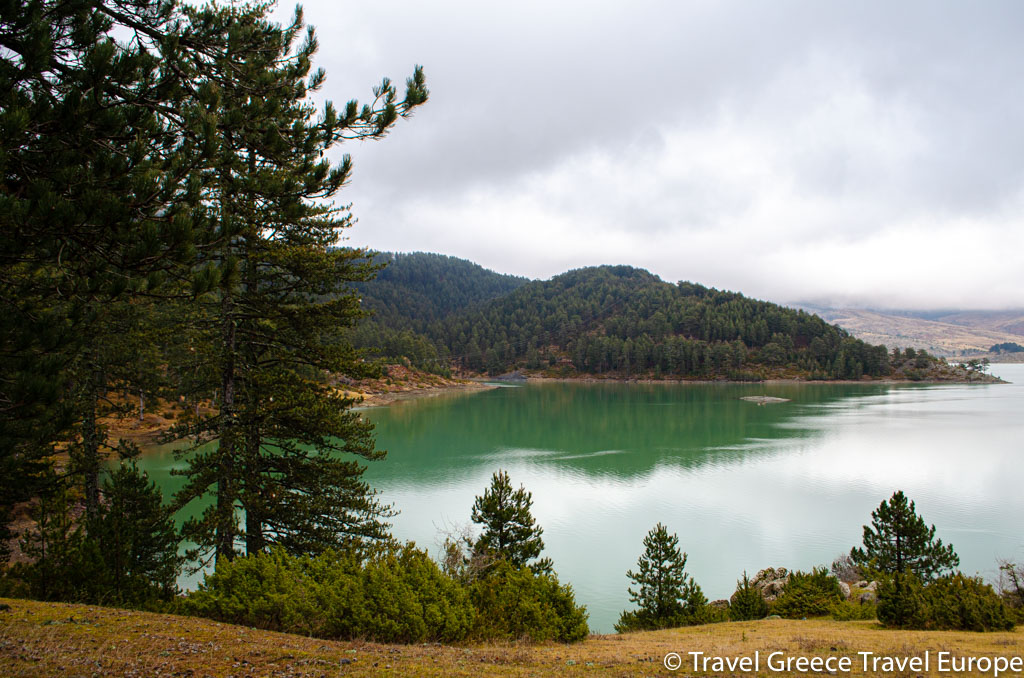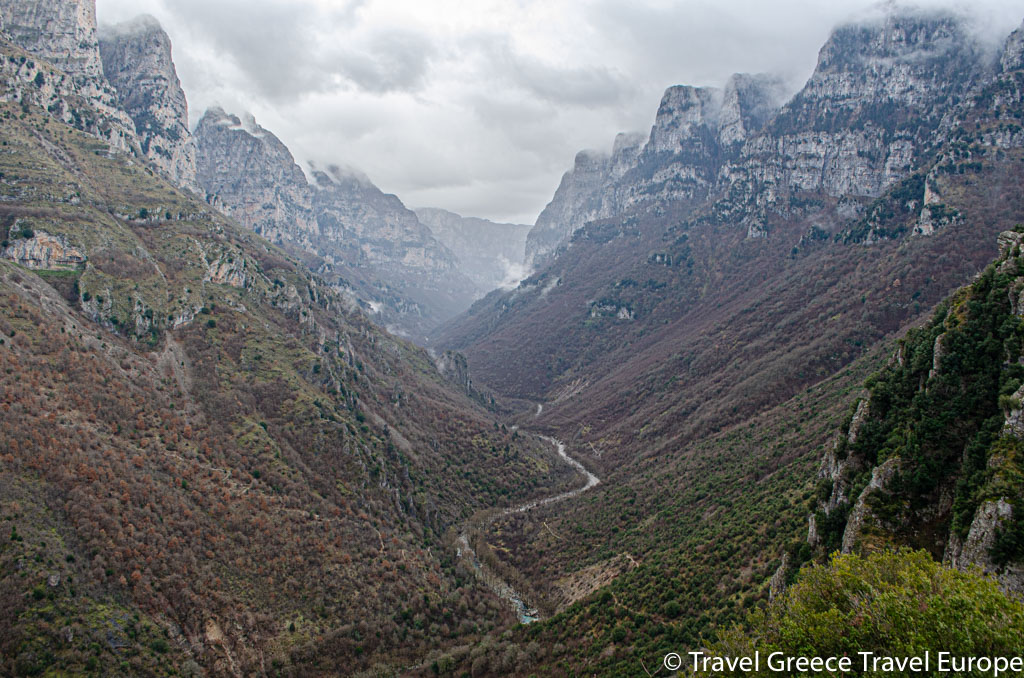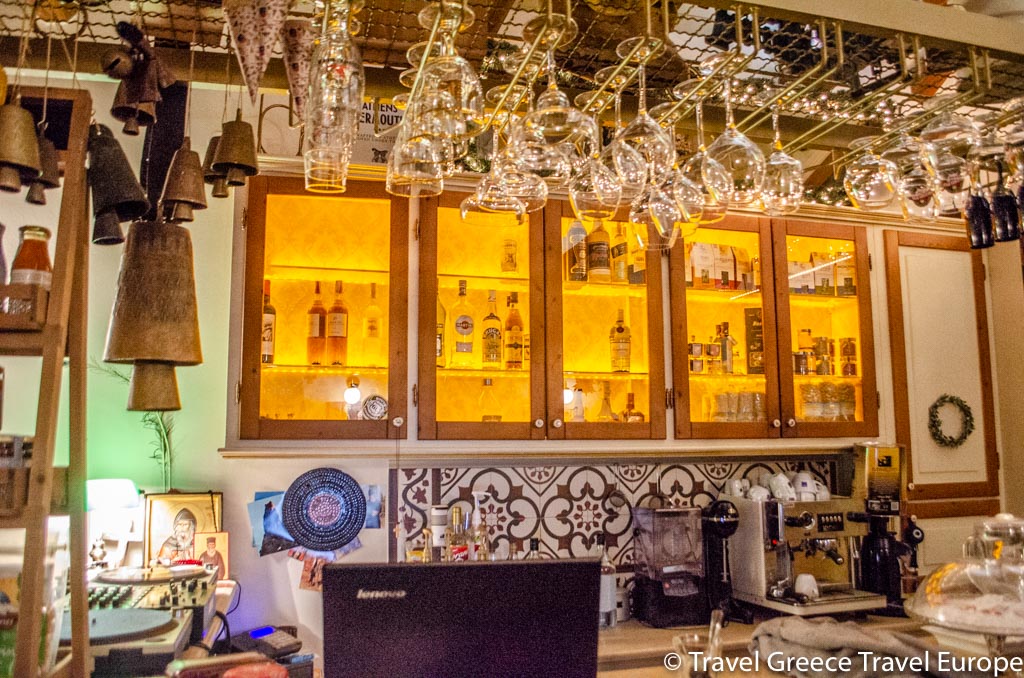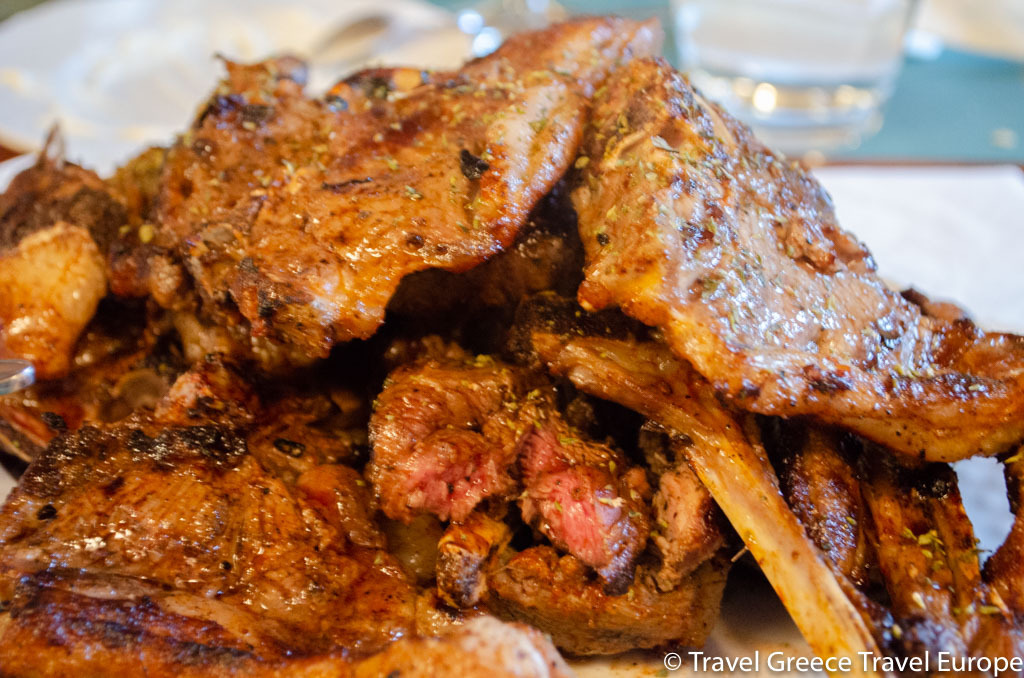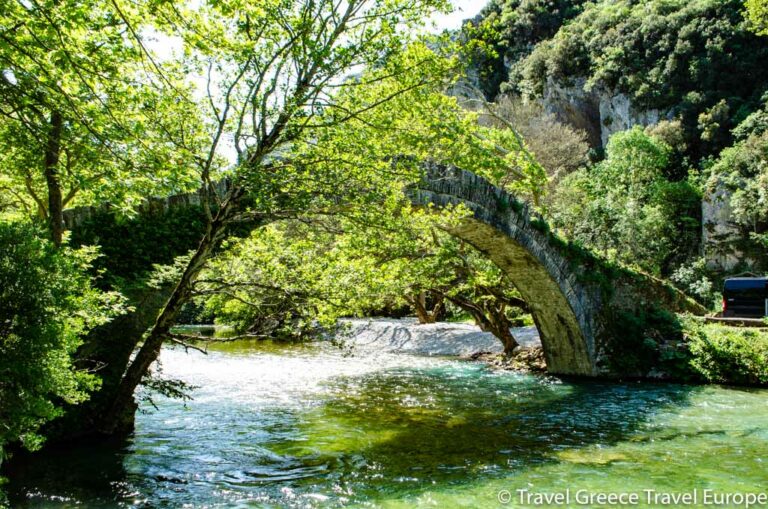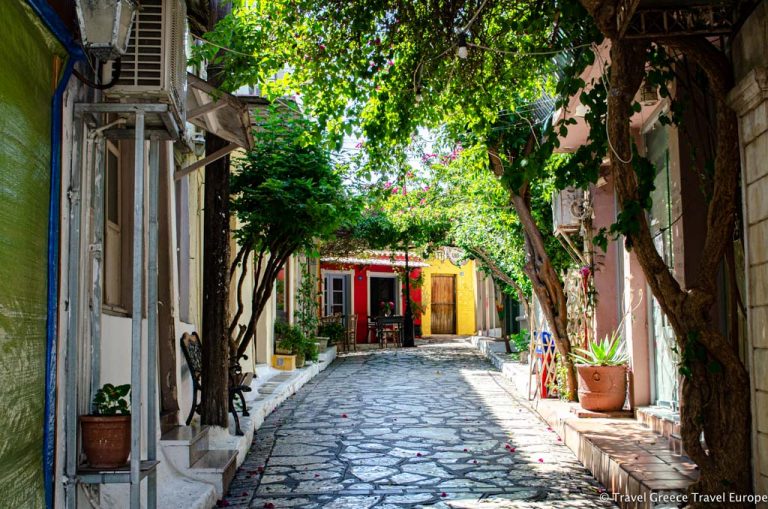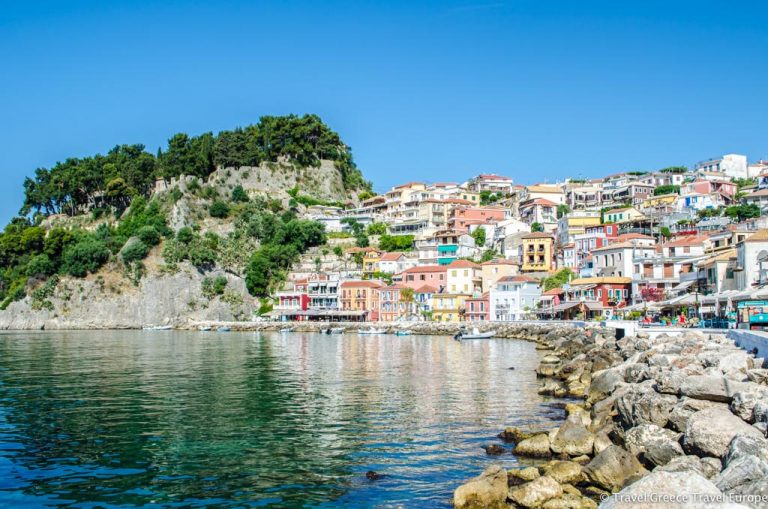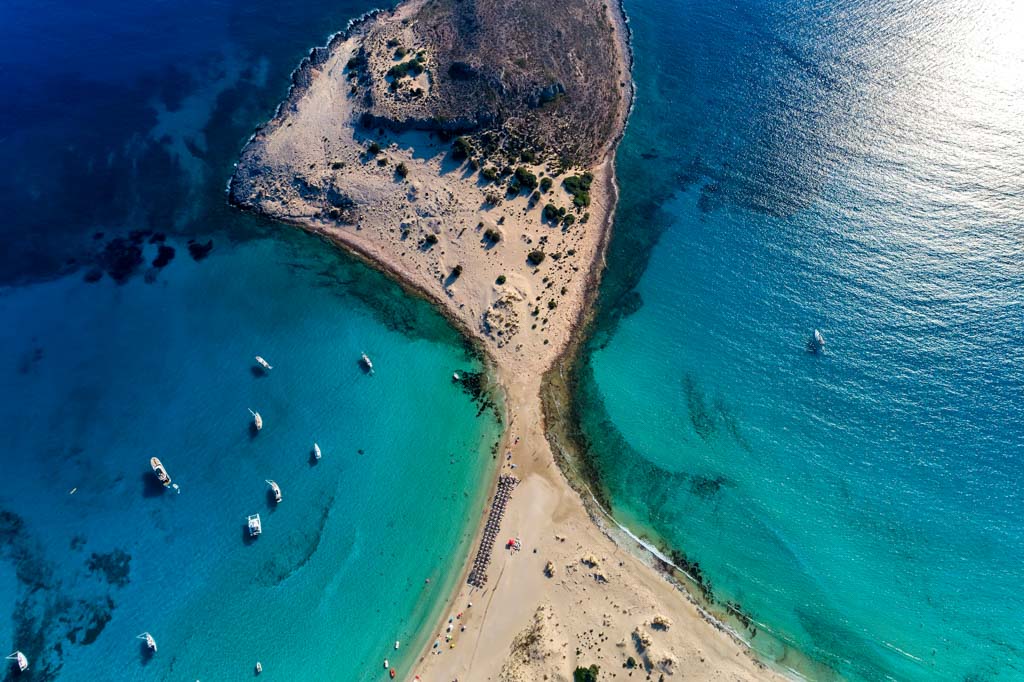The Highlights of Epirus: The Finest in Nature and Culture
Epirus is one of the under-the-radar Greek destinations that really rewards the adventurous traveler. Pristine beaches and turquoise seas? It has those, certainly – in fact some of the beaches of the Ionian coast count among the very finest in Greece. But Epirus also delivers the unexpected, and lots of it. This region is a treasure of dramatic mountain scenery, crystal clear rivers, thundering waterfalls, and dizzyingly deep gorges. It’s also a prime destination for history and culture. Some of the most illustrious figures of the modern Greek State come from this storied region. There are excellent museums throughout the region to learn more about the culture, art and history of Greece. This is also a destination for religious tourism, with famous monasteries in some of Greece’s most inspiring locations. Lastly, the food and wine of Epirus are treasured all over Greece – the region is famous for its pies, its cheeses, its meats, and some excellent wines. Here are some of the highlights of Epirus:
The Highlights of Epirus
Tzoumerka
This mountainous area is a paradise for hikers. To get the best out of your stay in Tzoumerka, make the charming town of Vougareli your home base. From here, the glories of the region are in easy reach. And just because this is a hiking holiday, that doesn’t mean you need to rough it. The Rouista Tzoumerka resort is the ideal combination of modern style and rustic charm – the perfect place to lounge with a glass of wine by the fireplace after a day of exertion in the gorgeous outdoors.
Start with an exploration of Tzoumerka and its beautiful “plateia” – the town square – with an astonishing view of the surrounding mountains and valleys. Have a coffee at the traditional “kafeneio” in the plateia – indoors with the locals in winter or under the shade of the plane tree in summer.
If time permits, you can visit the “Kittaro Technis Tzoumerkon” – the cultural center where exhibitions of interest are often held. From here, the wonders of Tzoumerka await.
Rema Marks
If you see just one photo of Tzoumerka, it’s probably going to be from Rema Marks, a forested ravine (“rema”) that descends by a stream and ends in a beautiful blue pool, fed by water rushing down rocks. It looks positively enchanted. The hike down, and back up, requires no special equipment except for reasonably sturdy legs, boots, and a little patience. The path of honestly so beautiful you may not notice the exertion at all.
Just a 20-minute drive from Vougareli brings you to the entrance of Rema Marks, at 1000 meters in elevation. The ravine passes through the lush virgin forest of Theodoriana. This is truly one of the highlights of an excursion in Tzoumerka.
The Waterfalls of Theodorianon – “Souda”
For a much gentler hike than Rema Marks – the path is mainly at one level, through a forest of sweet-smelling pines – try the Souda falls. Souda falls, or Theodorianon, are two falls that cascade from a height of 130 meters. The sound is wonderful and the air charged with freshness.
The Glistra Cable Bridge
Not dangerous – but definitely thrilling! – the cable bridge of Glistra is exactly what it sounds like. This is a narrow footbridge suspended just by 2 heavy cables.
You walk over a deep green river that flows far below, suspended in the air on this bridge of chicken wire and a few boards that have worn away entirely in places. The structure is very firmly in place, and sways just enough to be exciting. Descend afterwards to enjoy a stroll along the riverbanks. And if it’s summertime, slip into your bathing suit for a refreshing swim in the cool river – this is a very popular beach with locals.
“Kataraktes” Waterfalls
Katarachtes means “waterfall,” which is what these splendid falls are named. The falls themselves are 120 meters high, but the real treat is the location, at an elevation of 1150, with staggering views.
The drive up to them is thrilling, with great views. But it should only be attempted when weather is good – the road is narrow and winds along the edge of a cliff in parts.
Plaka Bridge
Crossing the Arachthos river, this high and dramatic single arch stone bridge is a historic monument and a beautiful testament to the famous craftsmanship of the stone masons of Epirus. This bridge once marked the border between the liberated modern Greece and the Ottoman empire. The bridge was recently restored to perfection, using traditional techniques, after being badly damaged by the flooding river.
Horseback Riding along the Arachthos River
A horse stable is just a few hundred meters from the Plaka bridge. Here, riders of all levels of experience can arrange for a horseback excursion along the banks – a wonderful way to take in nature and local scenery as one passes by watermills along the forested riverbanks.
The Kipinas Monastery
Monasteries in Greece are famous for having some of the most extraordinary natural settings in the country. The Kipinas monastery is a perfect example.
You have to know what you are looking for, otherwise you would never see it – for the Kipinas monastery is built into a cave in the face of a cliff. This monastery of the 13th or 14th century feels suspended in the air, a place of natural beauty and spiritual solitude and contemplation. There is a lovely chapel in semi-darkness which gives a sense of mystery and contemplation.
And there is an actual cave, opening onto a (dangerous) passage that is said to lead through the mountain.
Kallarites Village
This is possibly the most famous of the many lovely traditional settlements of Tzoumerka. Kalarytes, at an altitude of over 800 meters – commands stunning views.
The air is crisp and sweet up here, and the town looks like silver in the sunlight, with its traditional slate roofs. Speaking of silver, this area is famous for silversmithing, and in fact the house of Bulgari had its start in Kalarites – the founder Sotiris Voulgaris was from here.
While in Kalarytes, the “Pantopoleio” (like a tiny general store) “Napoleon” is an absolute must. This family establishment is part country store, part cafe, part taverna, and all heat- the center of the community.
Come here to taste true mountain cuisine and better still to meet Napoleon Zaglis himself – the proprietor and keeper of tradition is the 5th generation of the Zaglis family to run this charming pantopoleio.
The sign outside says “Akanthos” but locals and visitors alike call the store by the name of its charismatic proprietor.
Zagori
The mountains of Zagori are famous all over Greece, for the beauty of their peaks, rivers, and traditional villages- the “Zagorohoria.” Zagori is also world famous for its gorge – the Vikos Gorge.
The Voidomatis River and the Aristi Bridge
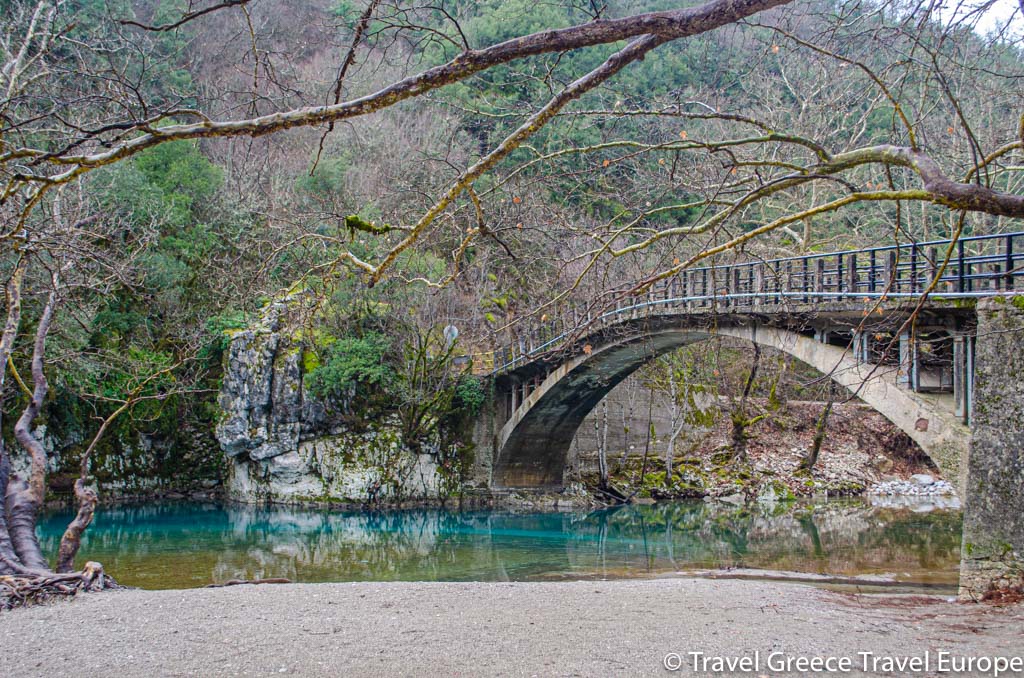
The Voidomatis River is famous for being one of Europe’s very cleanest, and coldest. Its waters rise mostly from the Vikos gorge. It glitters like a gem as it flows through the forests of Zagori.
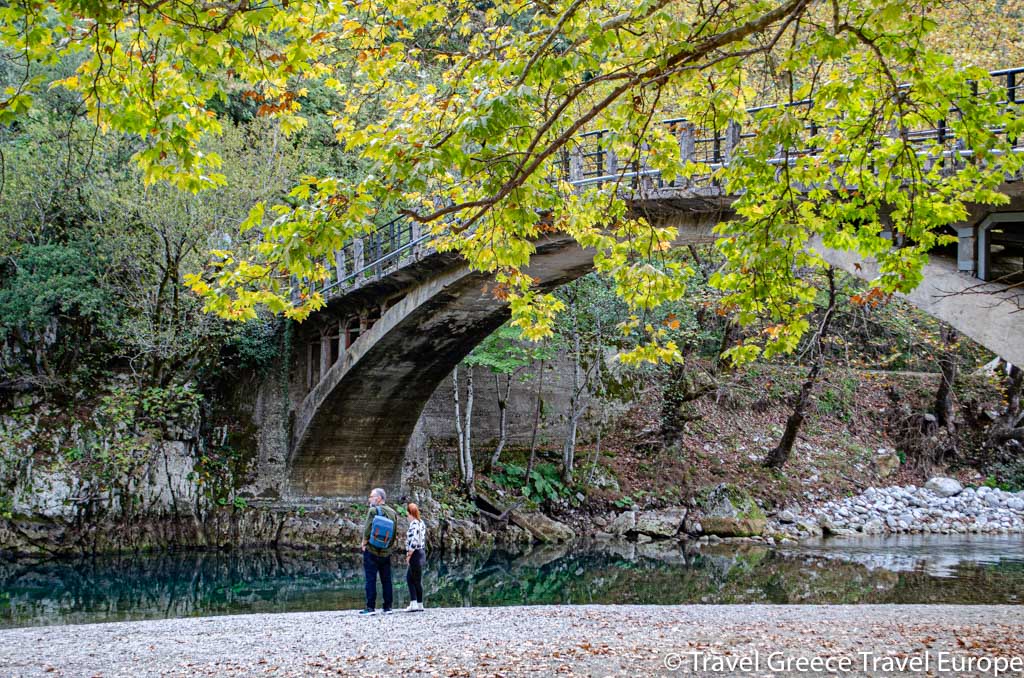
The Aristi bridge – although not one of the famous stone bridges of Epirus – is nonetheless a beautiful bridge, over a stretch of river with a section of wide banks of white gravel, showing off the jade and turquoise tones of the river.
Papingo
The villages of Papingo – Megalo (“large”) Papingo and Mikro (“small”) Papingo – are some of Zagori’s best known. The Zagorohoria enjoyed prosperity in the 17th through 19th centuries, which is why they are built in such fine style, with excellent craftsmanship and materials.
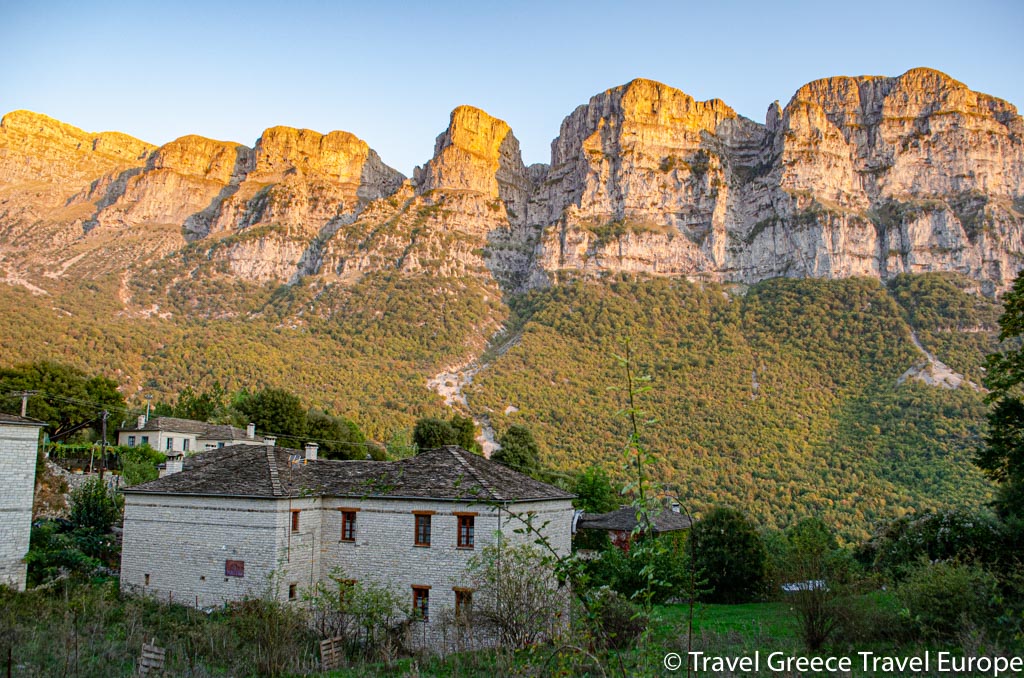
Many of the villages, who enjoyed relative autonomy during the Ottoman empire, had successful merchants who excelled in trade abroad, became great benefactors, sending money back home to build schools and churches and to beautify what are now known as some of the loveliest and most elegant villages of Greece.
A generation of young entrepreneurs have returned to the villages, bringing new life to these beautiful buildings.
“Kolimbithres”
The word “kolimbithres” means “swimming pools” in Greek. This place is a geological delight. Between the villages of Megalo (“large”) Papingo and Mikro (“small”) Papingo flows the Rogovo stream.
Over the millennia it has cut through the dramatic striated limestone to form a series of pools cascading from one to the next. Summer or winter, this is definitely worth a stop – one of the most dramatic and charming natural settings of Zagori.
The Kalogeraki Bridge
Another exemplary work of the famous stone masons of Epirus, the Kalogeriko bridge is a three arch bridge that spans 56 meters. The bridge was originally constructed in 1814 with funds donated by a monk (“kalogeros” in Greek – which is why the bridge has this name).
Then, in 1865, the bridge was refurbished, with funds donated by Plakidas – the bridge’s other name. Crossing the three arches as they rise and fall gracefully in succession gives one occasion to marvel at the bridge-builders’ skills. If the Voidomatis is at the right height and flowing slowly, one can photograph the central arch and its reflection in the water’s surface to form a perfect circle – truly a lovely sight.
Lake Aoos
The artificial lake of Aoos was created in 1986 to harness water and power from the Aoos river. But the beauty is all natural, and really something to behold.
The lake has an elevation of 1340 meters, and is surrounded by snow-capped peaks in winter, making for a crisp, Alpine, picture-postcard scene. Lake Aoos is en route to Metsovo, one of the most famous mountain towns of Greece, and an outstanding destination for culture, gastronomy, and wine.
The Vikos Gorge
Truly the highlight of the Zagori experience, the internationally famous Vikos Gorge is stunning. The Guinness Book of World Records lists the Vikos gorge as the narrowest for its depth – in some places its walls reach nearly a half a kilometer in height, while it is just a few meters wide in some parts. The 12 kilometer gorge requires some commitment to walk through, but the rewards are glorious. It is also possible to view the wonder of the gorge from the village of Vikos.
Dinner in Aspragali
Truly the whole of Epirus is justifiable famous for cuisine – the mountain air, the excellence of the livestock, and the super cheese-making traditions are joined by excellent artisanal techniques, including some of the best phyllo of Greece – Epirus has wonderful pies.
Aspragali is another of the lovely Zagorohoria, and a perfect destination after a day of hiking and exploring. Dining at Montaza – set in an old “Han” (an inn of centuries past) – one can taste the purity of mountain cuisine with some modern bistro twists for an experience both authentic and creative. Sitting by the roaring fireplace, dining on braised lamb and sipping the full-bodied and excellent local reds (especially the Agiorgitiko and Xinomavro varieties), is to experience the best of mountainous Greece.
Epirus – The Finest in Nature and Culture
Epirus truly rewards the traveler who is seeking something different, who wants true character and quality as well as natural beauty. This region is rich in history, authentic architecture, fine cuisine, and some of Europe’s finest mountainous scenery. The fact that it remains still somewhat undiscovered by mass tourism only adds to its charms. Epirus is a fantastic destination for anyone with a sense of adventure, but who also enjoys the finer things in life – truly it offers a magical combination of wild beauty and refined pleasures.
The trip was organized by Epirus Travel. All opinions expressed are always my own.

